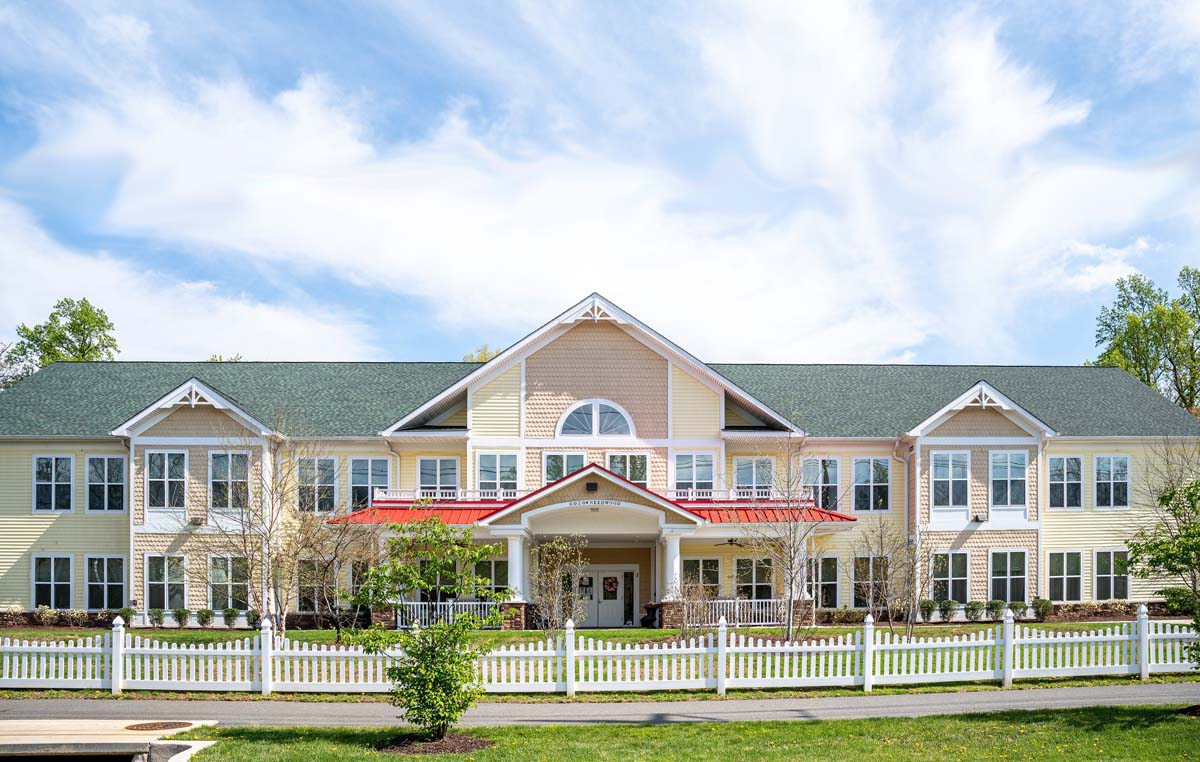Now that warmer weather is well and truly here, people are spending more and more time out doors, soaking in the benefits of sunlight and fresh air and indulging in the pleasures of outdoor activities. For the elderly, this is a good time to start getting some exercise after being relatively inactive through the cooler months of the year. One of the best forms of exercise for those over 65 years of age is walking. It is mild and gentle and not overly taxing on the body, and it produces a wide range of physical and mental benefits.
Heart disease being the common ailments, walking on a regular basis will keep your heart functioning better. The Center for Disease Control recommends that those who are 65 years and older should walk for at least 150 minutes a week. This may sound like a lot, but it is just over 20 minutes a day, and those 20 minutes could fly by if you are walking in the company of a loved one or friend.
One of the best times to take your 20-minute walk is just after a meal. Studies have shown that walking for about half an hour after a meal lowers an elderly person’s blood sugar levels and this prevents the onset of Type 2 diabetes, it even helps in managing diabetes for those who suffer from it. Blood sugar levels peak during the hour or hour-and-a-half after eating, so it is important to do your walking during this period.
From a physical point of view, the mechanical act of walking improves the strength of your bones, muscles, and joints. All these body parts are of concern to the elderly, since bones become more brittle as we age, muscles lose their tone, and joints become stiff. A brisk walk, which forces you to swing your arms, will call into play all the major muscle groups in your body and will keep your joints well lubricated. The movement will also help with coordination, something that we often have difficulty with as we get older.
Walking is also beneficial to our mental health, since it releases chemicals known as endorphins into
the brain. Endorphins control our moods and give us a sense of well-being. After a brisk walk, tension and anxiety are relieved and we come away with a sense of accomplishment. If you can take your walk in a park or in the woods, surrounded by nature, the benefit is even greater, since natural surroundings induce relaxation and serenity. Endorphins are not only mood enhancers—they are also pain killers. After a brisk walk you will not feel as much pain as spending that time sitting in a chair. Seniors who suffer from arthritis may be reluctant to do a lot of walking because of the joint pain they experience. However, studies have shown that regular walking can reduce joint pain, since the act of walking provides lubrication for the knee and hip joints and strengthens the muscles associated with these joints. Stronger muscles reduce the strain on the joint and thus make subsequent movement less painful.
Walking also helps you to sleep better at night. One study showed that the more steps an elderly person takes during the day, the better and longer he or she sleeps at night. Better sleep and the other benefits of walking lead to a more robust immune system. Studies have shown that seniors who walk regularly and consistently for exercise are less likely to get common illness, and if they do fall ill, they recover more quickly. If you are 65 years and older, you can walk your way to a healthier and better old age.
Dr. Veena Alfred Ph.D
CEO /Administrator
Veena J. Alfred, PhD., Certified Dementia Practitioner
CEO/Administrator





